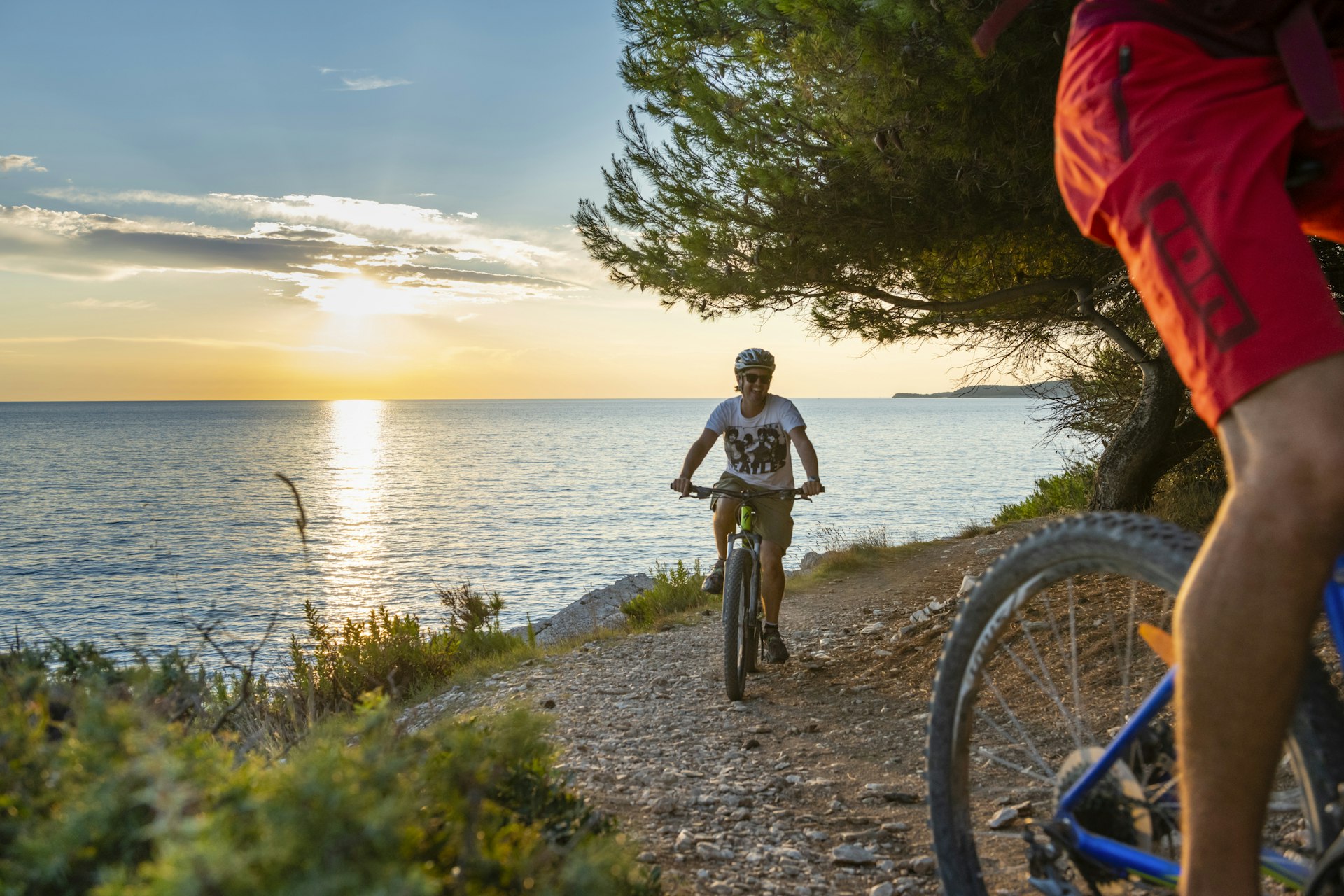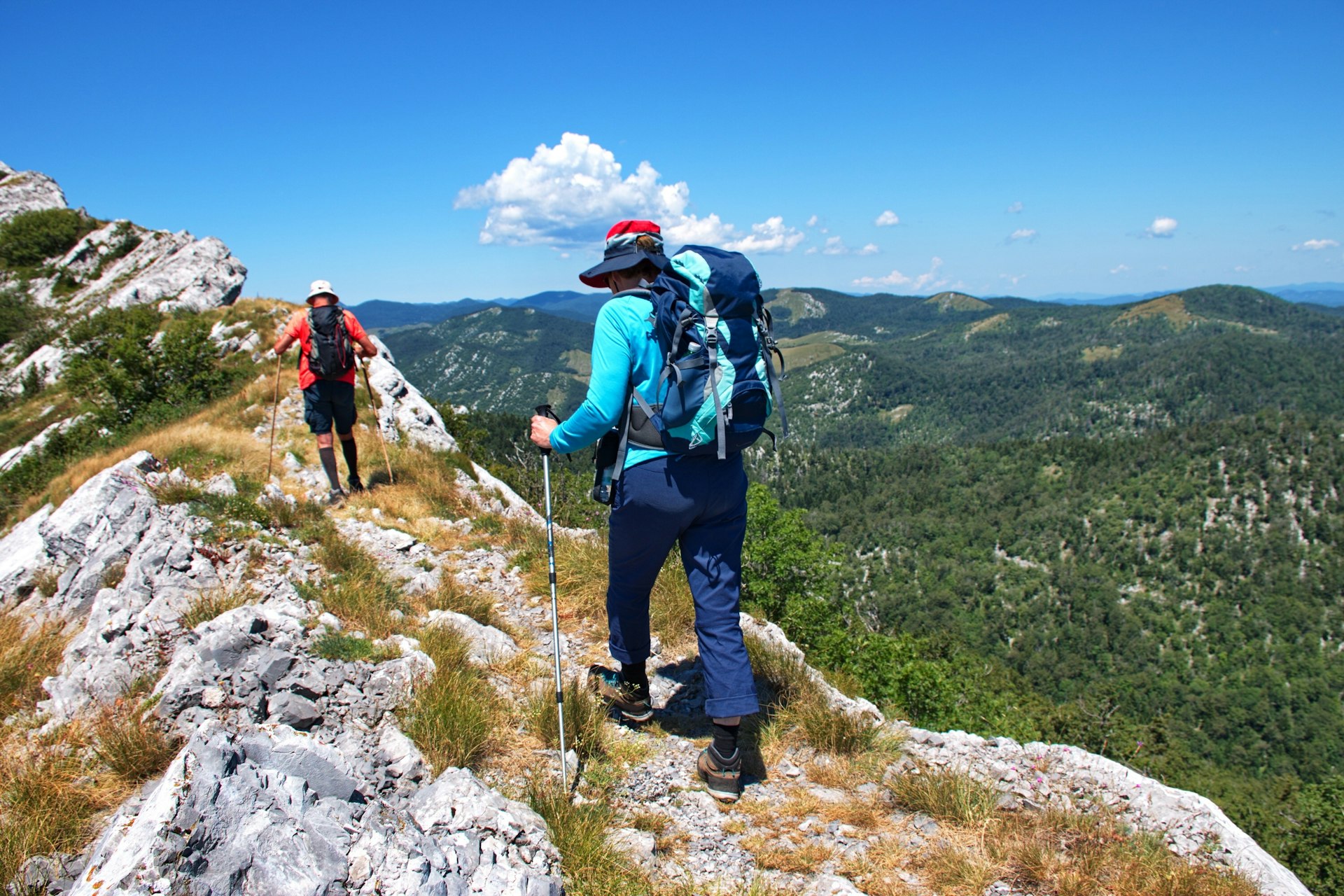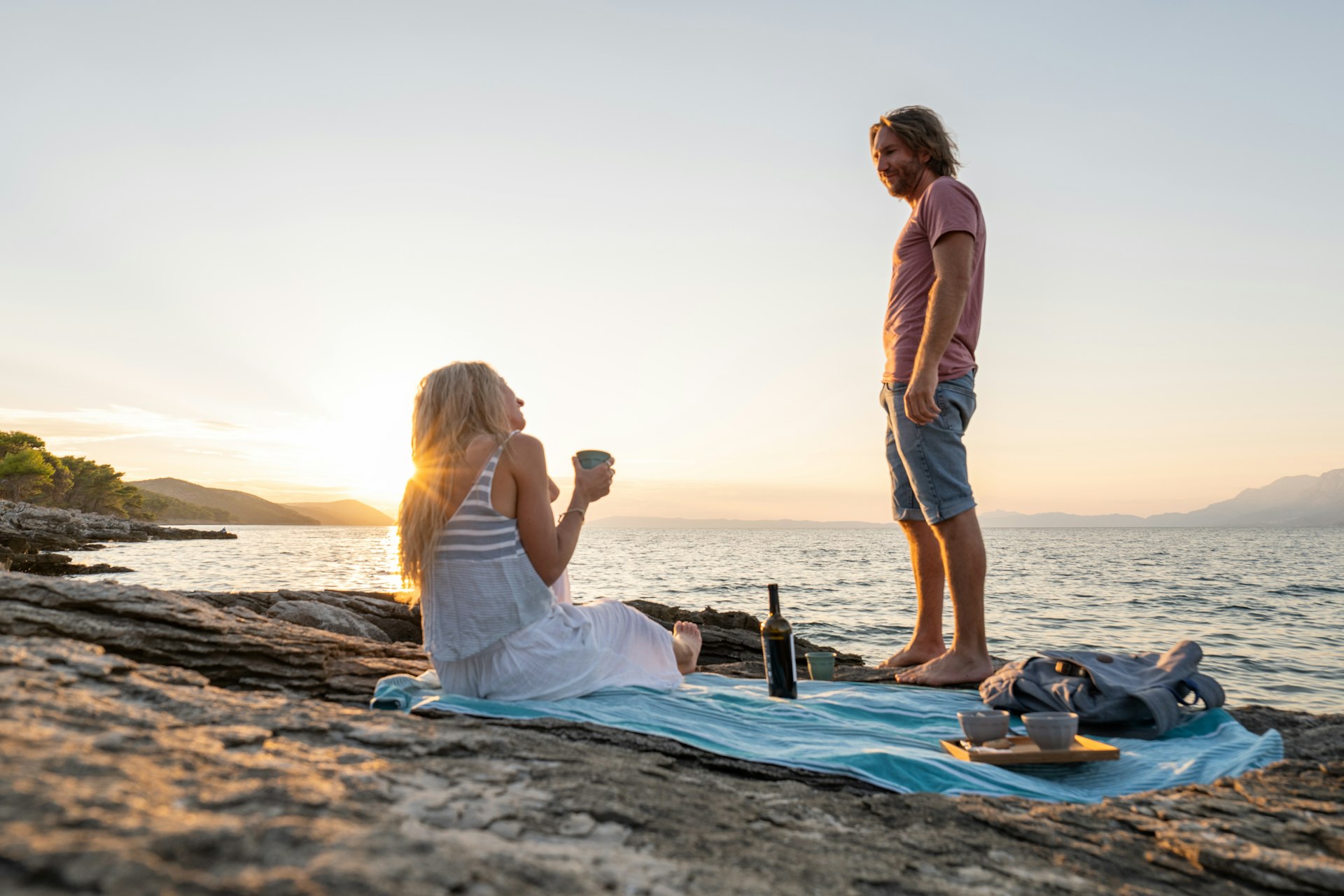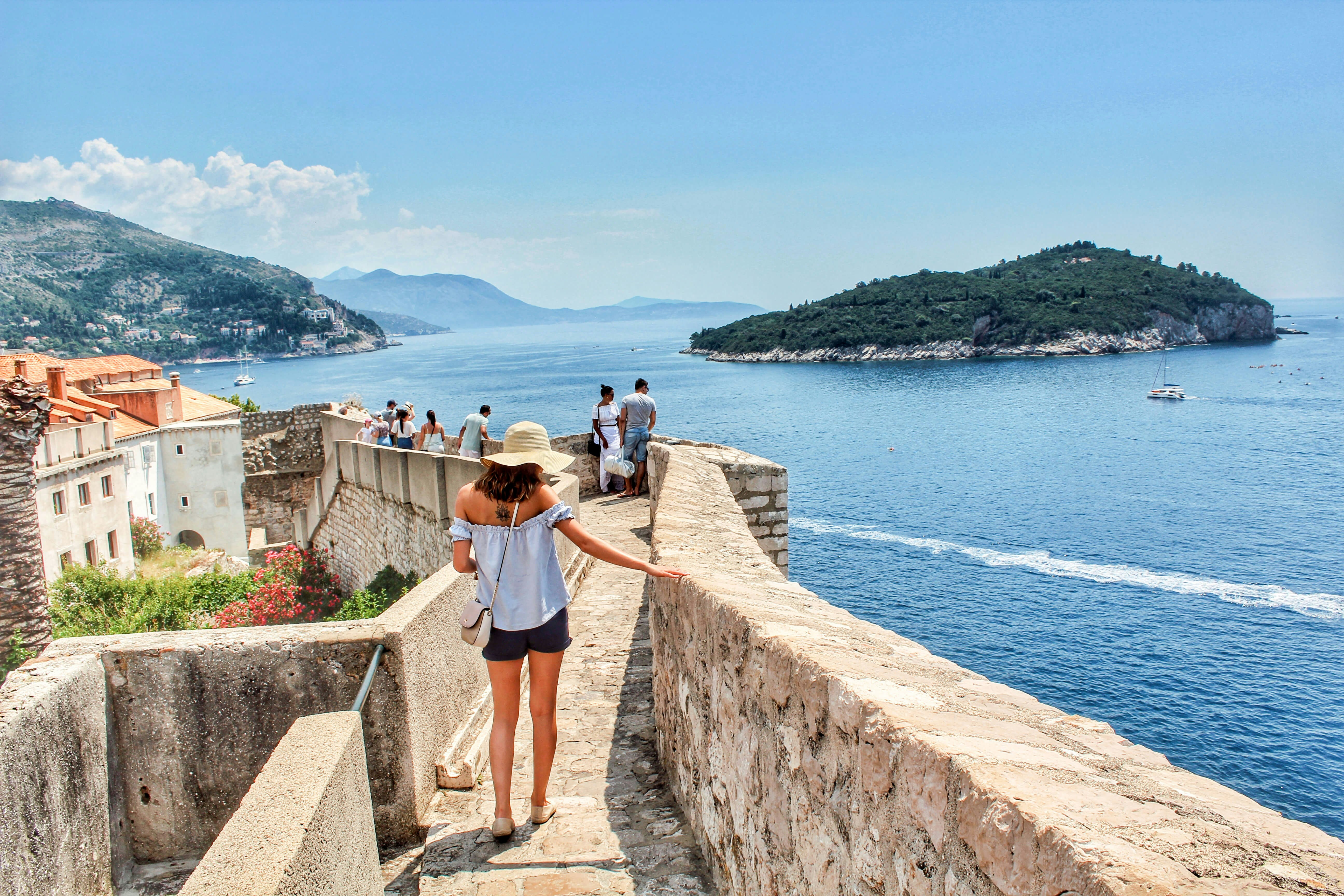Looking for a great reason to start planning your next adventure? In this series, we share the most compelling events, attractions and experiences that will have you booking a trip to the world’s most exciting destinations.
On January 1, 2023, Croatia entered the eurozone. For visitors to this southeastern European nation on the western edge of the Balkan Peninsula, this means that the transition from the the Croatian kuna to the euro means no more waiting at exchange kiosks when you enter and leave the country. Translation: no more mathematical gymnastics before eating, drinking or shopping in Croatia.

The country has also joined the Schengen Area, meaning that travelers from outside Europe can now apply for the standard 90-day Schengen visa, which allows for travel through the 27 associated countries without facing land-border checkpoints.
But a streamlined currency experience is just one reason for fresh inspection of the Adriatic nation typically associated with sunbathing and island hopping. Many travelers looking for novel ways to enjoy Croatia in 2023 will also be inspired by its often-overlooked adventure routes and itineraries, which allow anyone to discover the country through human-powered modes of transport like hiking and cycling.
Make no mistake: with its nearly 1200 islands and dreamy beaches, the coast provides an incredible mixture of culture, history and landscapes. Simply put, lounging shoreside here is one of life’s pure joys. The aspect a lot of visitors ignore, however, is the journey within the journey. As in many spots across the globe, it’s the journeys between locales in Croatia that let adventurers truly drink in its pleasures.
Cyclists will love discovering the multitude of routes crisscrossing the boomerang-shaped country – with one arm pointing down the coast and the other extending inland and east between Hungary, Bosnia and Herzegovina and Serbia. Four EuroVelo routes (part of the 17-route, continent-wide EuroVelo network) traverse the country’s diverse geography.
EuroVelo 6 and EuroVelo 13 roll through the east, in the region known as Slavonia. Along the coast, EuroVelo 9 ends on the tip of Istria, in Pula, while EuroVelo 8 runs down the entire Adriatic shore. A great choice for families and for gourmets, the Parenzana Trail crosses the Istrian Peninsula along a former railway linking Trieste, Italy, to the Croatian city of Poreč.

If your version of slow travel involves a backpack and boots, Croatia is teeming with routes that also access culture and history. Island treks, day hikes and long-distance trails through the Dinaric Alps Range link peaks, rivers, villages, huts and cities – and provide a new view of the country. One such trek is the Velebit Hiking Trail, which offers up Adriatic panoramas from ridgelines atop Velebit Mountain before ending in the Unesco-inscribed Paklenica National Park just northeast of Zadar. For day hikers, a slew of walking paths cater to every ability, even in capital city Zagreb’s backyard, on Medvednica Mountain. On Brač, the the seven-mile-long Vidova Gora Trail takes you to the island’s highest point of 2560ft.
“It is hard to overstate how much you miss if you don’t take the time to enjoy Croatia under your own power and not just by car or plane,” says Tomi Ćorić, the director of Dubrovnik-based Epic Croatia, which runs multi-sport tours throughout the country and across the Western Balkans. “When you move slowly, you experience details you never knew existed.”
18 insider tips you need to know before visiting Croatia
What to eat in Croatia
If you’re hungry in Croatia, you’re in luck; its diverse gastronomic influences are classically Mediterranean and Continental. In Zagreb, go to Lari & Penati for a modern take on traditional fare, such as barbecue spare ribs or rump steak and bacon skewers. In Motovun on the Istrian Peninsula, truffles are a must. Book a table at Konoba Mondo to enjoy some of the best you’ll try anywhere. It is a rite of passage to eat oysters in the town of Mali Ston, which sits at the mouth of the Pelješac Peninsula about an hour north of Dubrovnik. Order a dozen straight from the sea at Bota Šare.

What to drink in Croatia
It’s all about wine in Croatia. In Istria, vineyards crisscross the peninsula. Stop for a tasting, especially for the white malvasia, at Vina Matošević cellar in Sveti Lovreč. Nearly every island bottles wine that tempts you to order a case. In Bol on Brač, take a break to inspect the varieties at Stina, and stay for the red known as plavac mali. When in the capital city of Zagreb, enjoy bottles from around the country at one of the best wine shops and bars in the region: Bornstein.
Where to stay in Croatia
You’ll want to book a place in Zagreb’s center, around Zrinjevac Park. While there are plenty of private options, you should consider treating yourself with a stay at the grande dame: Esplanade Zagreb Hotel. Near the country’s southern tip, seven miles south of Dubrovnik, the seaside Hotel Mlini allows you to soak in all the beauty while avoiding the crowds. Choosing an accommodation in Istria is a dilemma, since so many of the villages are so full of old-world charm. No place encapsulates this combination like the town of Grožnjan, where B&B Artegnana 1798 welcomes both adventure travelers and culture lovers.


